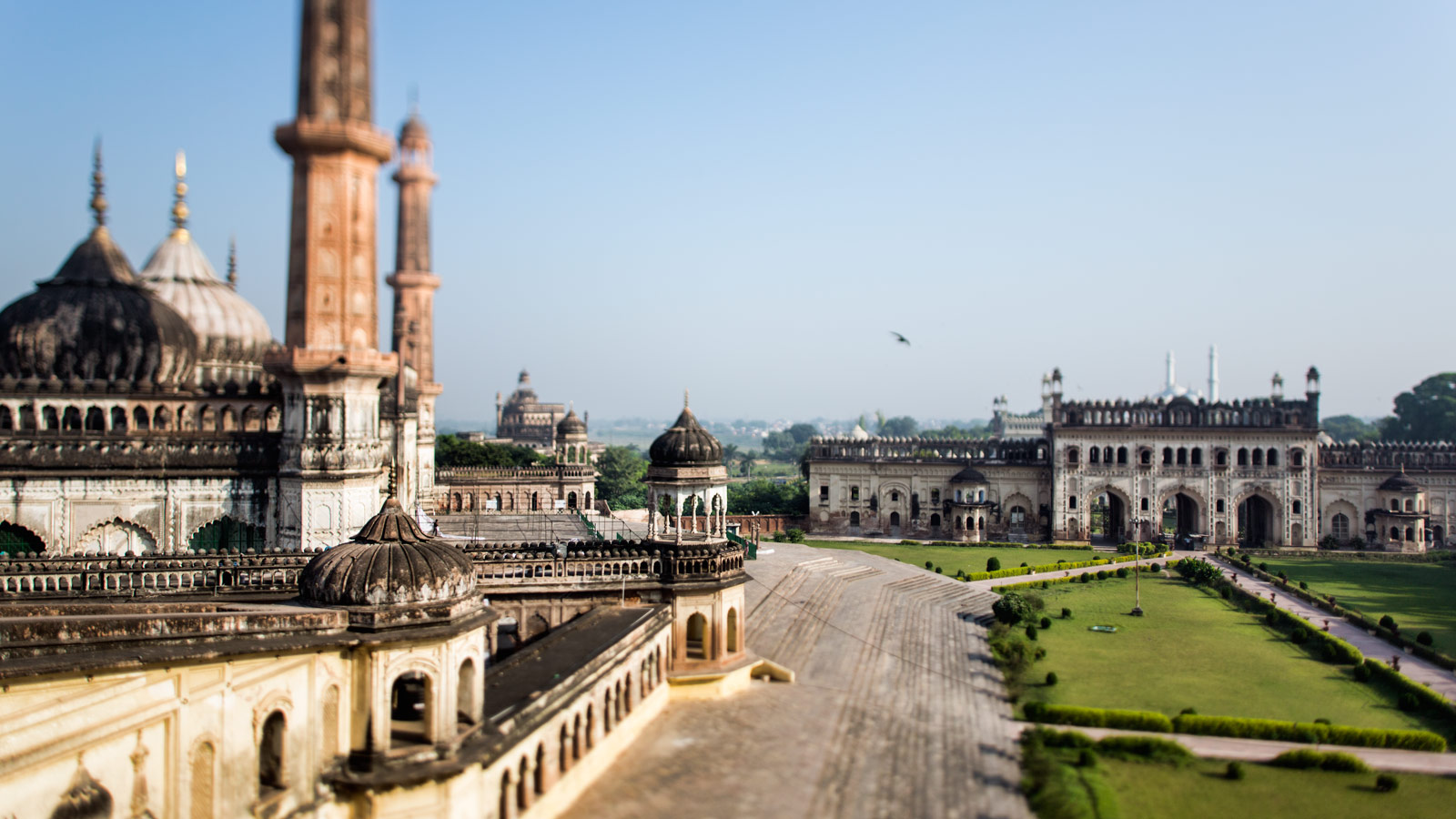


It is in the evenings, when the sky is the shade of a glass of rosé and the horizon dotted with a few intrepid kites riding the wind, that Lucknow seems frozen in time. I could be 10 years old again, hanging onto the railings of the terrace at my grandfather’s house, following the fate of my neighbour’s kite, as he dodged the skilled manoeuvres of opponents determined to establish themselves as the local champion. But I am part of a generation that wanted to escape the limitations of a small town, which feels more constricting when one’s young. So I left. But as I travelled distances, grabbed at opportunities and experiences, encountered the shadows that lurked behind the bright city lights, Lucknow never quite lost its hold on me.
“Kal bhi jiske taskire the, anjuman dar anjuman, dastaan dar dastaan, Sham-e-Awadh hai aaj bhi,’’ writes a nostalgic Josh Malihabadi, the famous Urdu poet, remembering the enchantment of the evenings he spent in Lucknow. He is part of Lucknow’s celebrated set of artists and poets that first put the city on the world’s literary map. He moved to Pakistan in 1958.
Situated on the banks of the Gomti River, Lucknow is home to the remains of one of the most sophisticated and celebrated cultures of the Indian subcontinent, the kingdom of Awadh. It was in 1775 that the fourth Nawab of Awadh, Asaf-ud-Daula, shifted the capital from Faizabad to Lucknow. What unfolded was a celebration of learning and the arts, a genteel culture and an unabashed love for all things beautiful. Be it the graceful pirouette of the nautch girls who danced in the jasmine-scented courtyards of the aristocrats, the slender arches of the imambaras, the sheer poetry of the spoken language, or the lilting fragrance of saffron and kewra (screw pine essence) that wafted from a delicate pulao, it was an age marked with elegance and sheer refinement—a lost lifestyle immortalised on celluloid by Lucknow’s own Muzaffar Ali in Umrao Jaan, Satyajit Ray in Shatranj ke Khilari and Kamal Amrohi in Pakeezah.
The Rumi Darwaza is significant today, as it stands as a sentinel between a lost Lucknow and its contemporary avatar of modern buildings, glitzy malls and fast cars—a city emblazoned with symbols of political power and monuments dedicated to the cult of new-age leaders and their egos. Cross this divide into the Chowk area and it seems as though you’re in another time, another place. The bustling lanes swamp the senses with an explosion of activity, colour and noise. You barely manoeuvre your way through the traffic of cycle rickshaws, noisy tempos, groaning buses and stray cattle when you find yourself in narrow lanes that confound you with a variety of wares. From surma for your eyes and delicate chikankari saris to antique gramophones and pots and pans that glint in the midday sun, there is something here for everyone. Venture further and you will chance upon the most exquisite embroidery being stitched by skilled craftsmen who keep the art of zardozi, chikankari and badla alive even today—despite the fact that their original patrons, the Begums of Awadh, have been relegated to the pages of history. In between these hubs of economic activity, you find beautiful, old kothis enfeebled by age and decay, but still carrying a faded charm about them. You can almost imagine the sounds of a gurgling hookah, the laughter of a buoyant child and the giggles of the ladies of the house behind the worn-out chick curtains that cover crumbling windows.
While much has changed in the city, something that has endured is its culinary reputation. The highlight of old marketplaces, such as Chowk and Aminabad, is the famous Awadhi food that you will find in the most unlikely of places. Lucknow’s gastronomic history continues to live and breathe on its streets. “What is unique about the city is that the food available on its streets is not ordinary in any way—it is part of the same refined culinary repertoire that was served in its most affluent homes,’’ says 44-year-old Anjum Hasan, an Awadhi food consultant who promotes the cuisine through food festivals and private events. The food evolved under the patronage of the nawabs and aristocrats, who treated it almost like an art form. Even as time wrought havoc on the fortunes of these families, the cooks behind these skilful preparations found a new lease of life on the streets of the city. The tradition of secret recipes and inimitable dishes has passed down from generation to generation. The 108-year-old Tunday Kababi, in Chowk, is a good example of this.
These memories colour my vision and make it difficult to be an objective chronicler. But then they are the same memories that give me the perspective required to understand and appreciate an old culture such as Lucknow’s. Most people who come here are chasing history, looking for a time gone by. But while time and circumstances have chipped away at its very heart, the city still has many special experiences to offer. And that’s the lure of an old city, the promises it holds for the true adventurer.
Written by - Evita Lopes